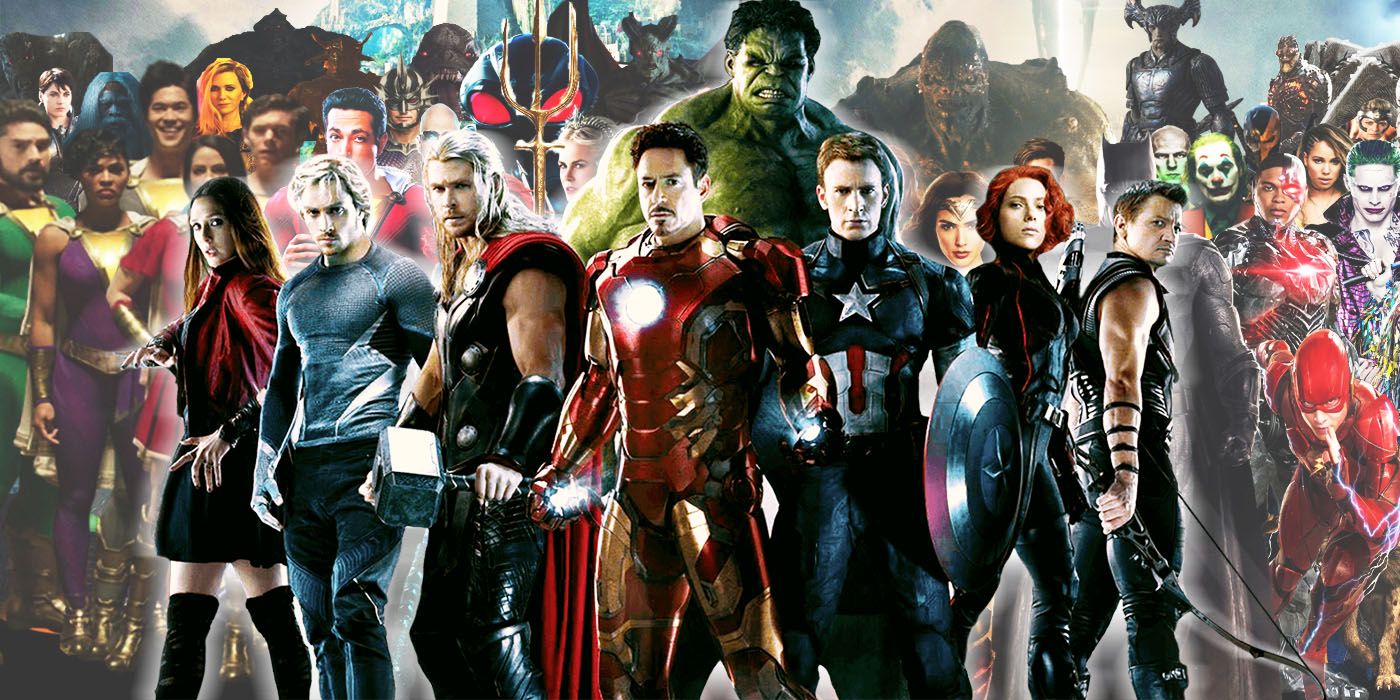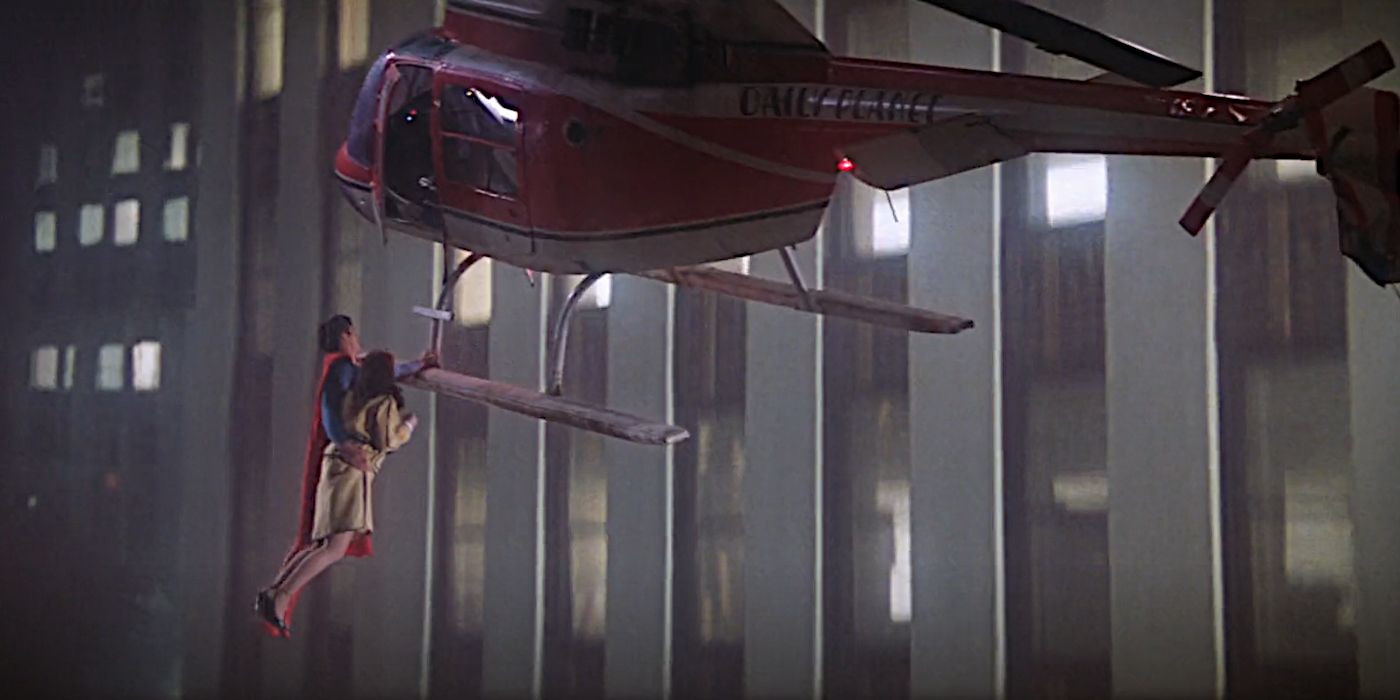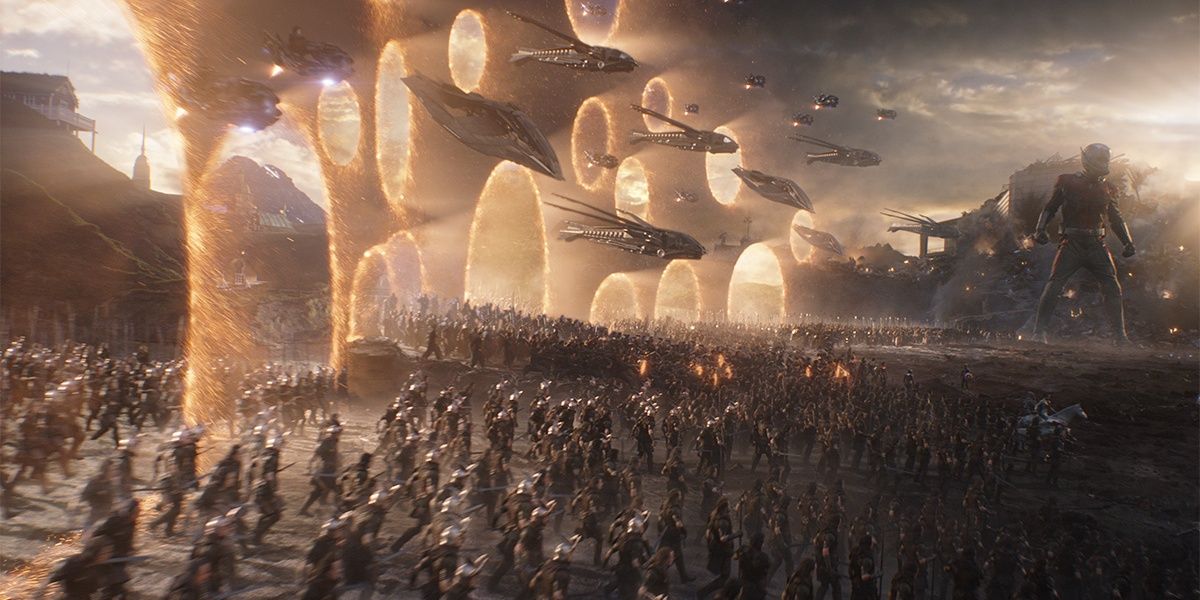Superheroes save people. It seems like an obvious statement on the surface, but sometimes the obvious needs to be said lest it be forgotten. And the simple idea that superheroes protect and save ordinary people in danger seems to be getting forgotten all too easily in modern superhero media, from both Marvel and DC. It's a nuanced issue, and it's tricky to pinpoint when this change definitively took place. However, it all comes down to a simple distinction.
Saving the world and saving people are two different sets of stakes. Similarly, a hero setting out to protect people and a hero setting out to defeat a villain also lend themselves to different priorities in storytelling. Now, these aren't mutually exclusive, of course, as saving the world and defeating the bad guy result in saving innocent individuals. But it's become less direct recently, and that is down to a single plot thread that, coincidentally, has been followed in both the Marvel Cinematic Universe and the DC Extended Universe.
In early attempts at the superhero genre, the focus was all about saving people. Heroes like Superman and Spider-Man were protectors of their respective cities first and punchers of villains second. In the first Spider-Man film, director Sam Raimi presents a lengthy montage that's all about how Spider-Man doesn't just stop robbers and thieves but helps regular people. The action sequences in those early films are built around Spider-Man saving people just as much as they are around him stopping a villain. Whether it's catching MJ and a cable car from the Queensboro Bridge or stopping a speeding subway train and saving the passengers, Spider-Man is a hero to the people first.
However, with the release of the MCU's The Avengers and the DCEU's Man of Steel, questions of accountability were brought up in their aftermath. Sure, the heroes save the day in both films, but the civilian casualty was extremely high. These led to arcs in both universes about how much responsibility the heroes should take in the destruction of cities and civilian casualties -- primarily in Captain America: Civil War and Batman v Superman: Dawn of Justice. It's an interesting story, but it's led to an unintended side effect on how these stories are told.
Now, both the MCU and the DCEU's superhero films are almost exclusively built around keeping civilians as far away from the action as possible, which makes them increasingly irrelevant to the story being told. It's the heroes' way of taking more responsibility. But they're fictional characters, and this choice results in less engaging storytelling. Action is increasingly focused on punching the bad guys rather than saving the people. The stakes are larger than ever, but it's now told and not shown, as the battles take place in deserted and isolated locations. In Avengers: Endgame, the fate of the universe is literally at stake, and yet the third act takes place on an empty field of rubble.
That said, there remains hope for the future. The Batman is almost exclusively about Batman's relationship with Gotham City, and the third act is built around him learning that he needs to stop punching the bad guys and instead focus on saving people. He dives into the water and re-emerges as a hero. Doctor Strange in the Multiverse of Madness has an action sequence that takes place on the crowded city streets and has moments of Strange saving civilians. And both Moon Knight and Ms. Marvel, despite the cosmic elements of their stories, bring set-pieces back down to ground level. Superheroes need to be heroes; it's in the name. And with any luck, they just might be again.



